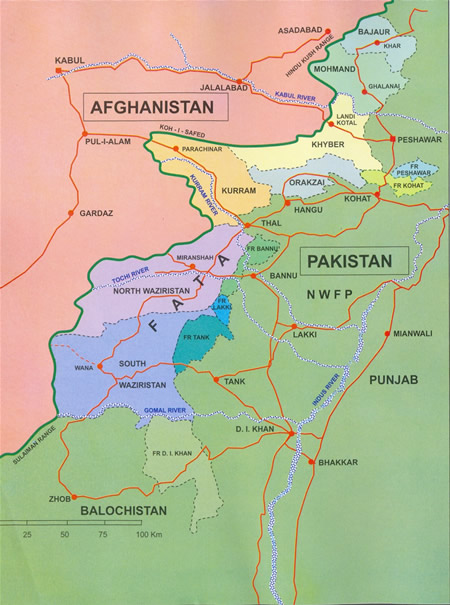Exploring Waziristan: Between Conflict and Resilience

Introduction
Waziristan, a tribal region straddling the border between Pakistan and Afghanistan, has long been a focal point of military and geopolitical significance. Its strategic location has made it a hotbed for conflict, drawing attention from both local and international players. Understanding Waziristan is vital as it continues to play a crucial role in the security landscape of South Asia.
Current Situation in Waziristan
As of 2023, Waziristan remains a fragile region marked by ongoing tensions and challenges. The area has historically been impacted by a mix of ethnic and political instability, particularly due to the influence of militant groups and the presence of the Taliban. Following military operations in recent years, the Pakistan Army has focused on reclaiming control over the territory, leading to mixed results. The efforts have reduced some militant activities, but sporadic violence continues to disrupt the peace.
The Pakistani government has been working to integrate Waziristan into the national framework, promoting development and stability. Infrastructure projects and educational initiatives aim to replace extremism with economic opportunity, yet the journey is fraught with hurdles. According to reports from the FATA Research Centre, socio-economic indicators in Waziristan lag significantly behind the national averages, underscoring the pressing need for intervention.
Impact on Local Communities
Despite the challenges, the resilient spirit of the local populations shines through. Communities in Waziristan are striving to adapt and find ways to thrive amid adversity. Traditional tribal structures play a crucial role in governance and conflict resolution, often stepping in where formal institutions have struggled. NGOs and international organizations are also active in the region, addressing immediate humanitarian needs.
Future Prospects
Looking ahead, the future of Waziristan largely hinges on continuous engagement from both the Pakistani government and the international community. Analysts predict that sustained investment in education, healthcare, and infrastructure will be pivotal in steering the region away from its troubled past. Moreover, successful integration into Pakistan’s socio-political framework could help in reducing militancy and fostering a culture of peace.
Conclusion
Waziristan embodies the complexities of tribal politics blended with the raw realities of modern conflict. Its story is one of struggle and resilience, where communities persist against significant odds. For readers and policymakers alike, understanding Waziristan is crucial for broader considerations of security, peace, and development in South Asia.









